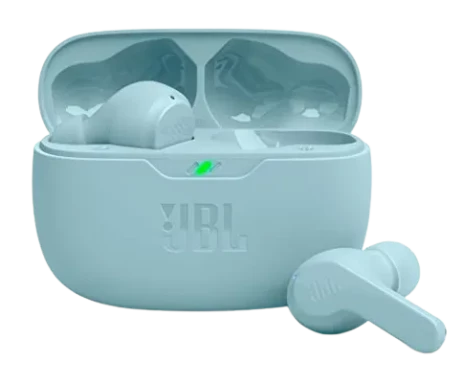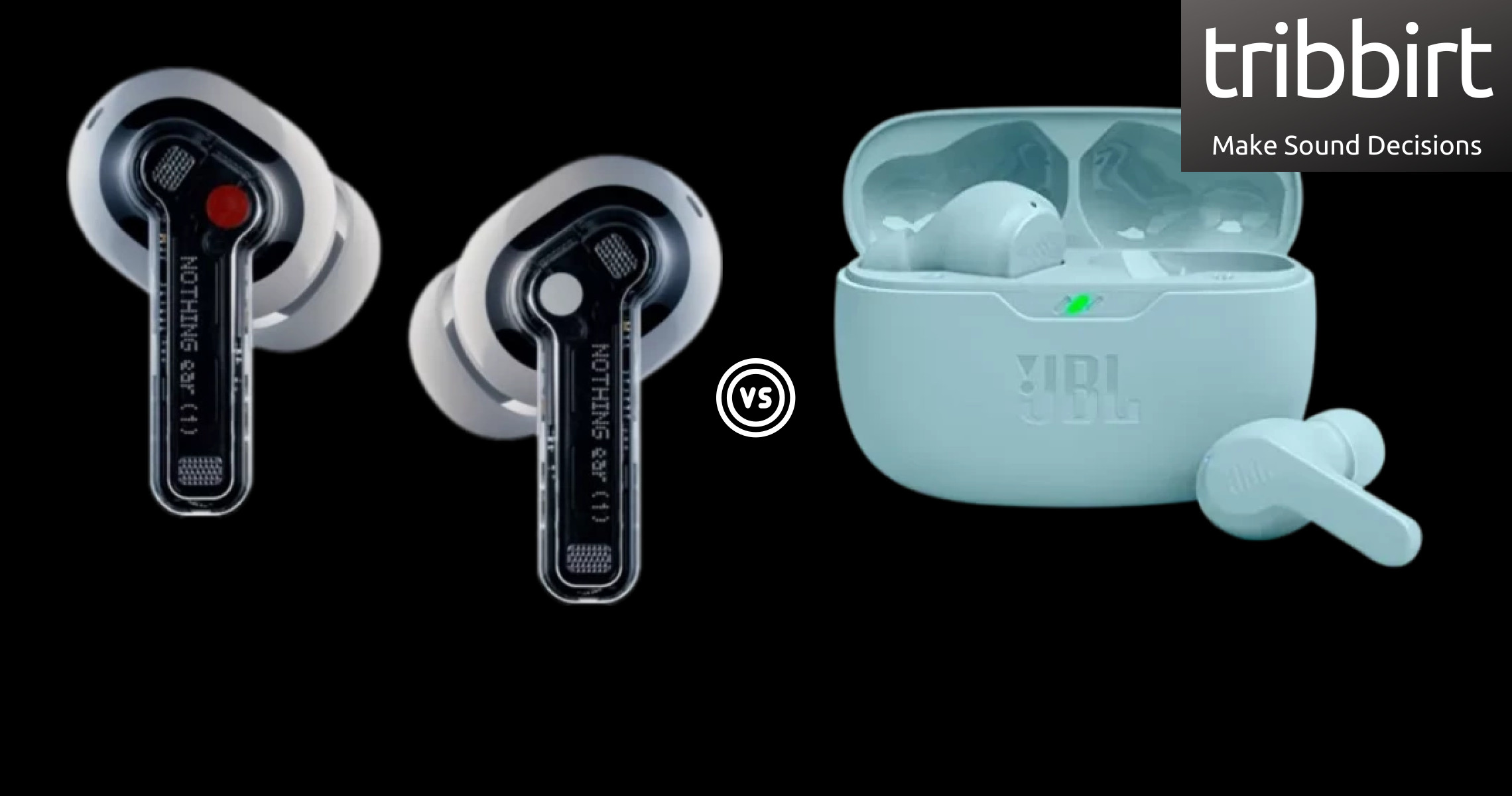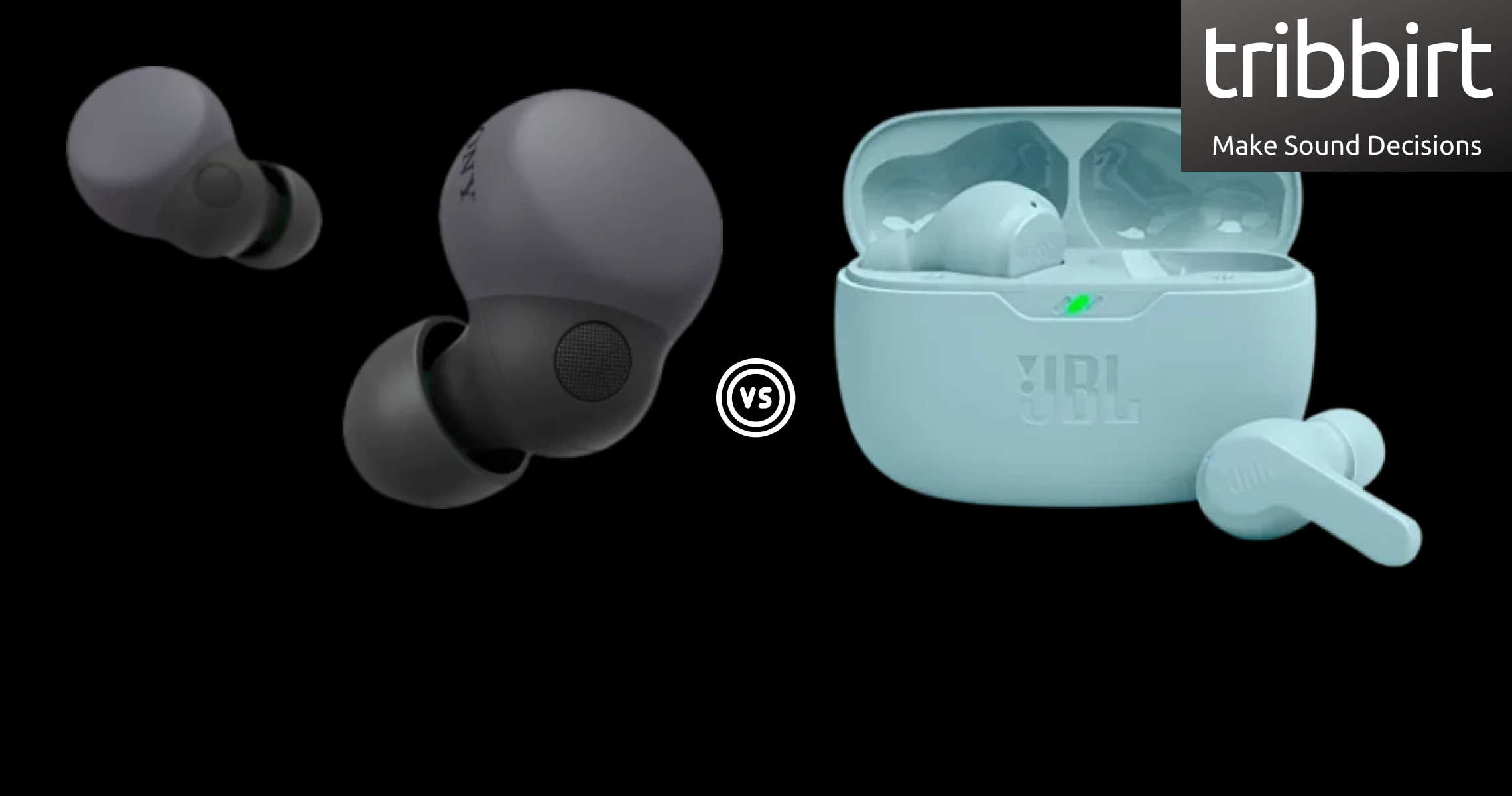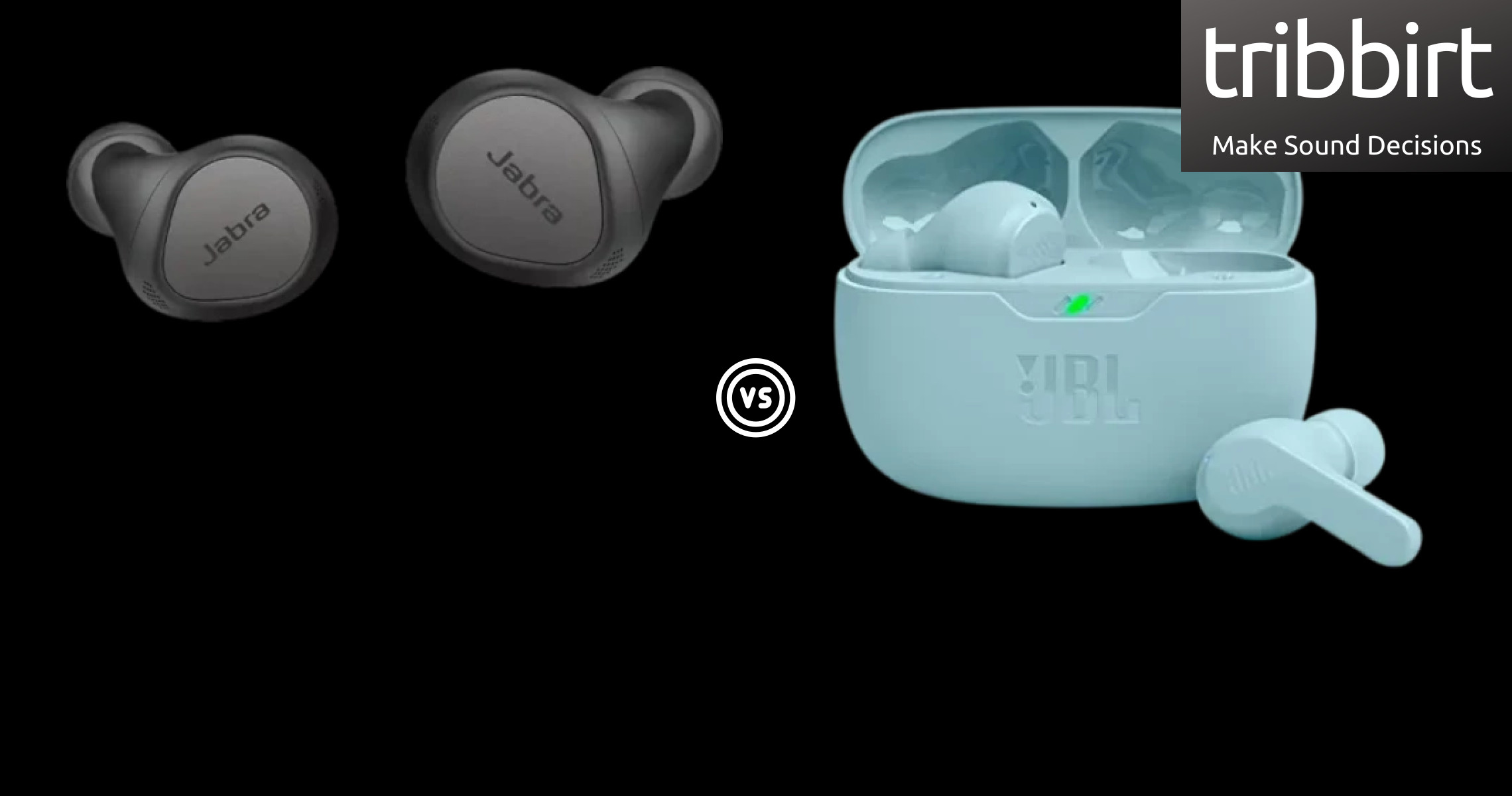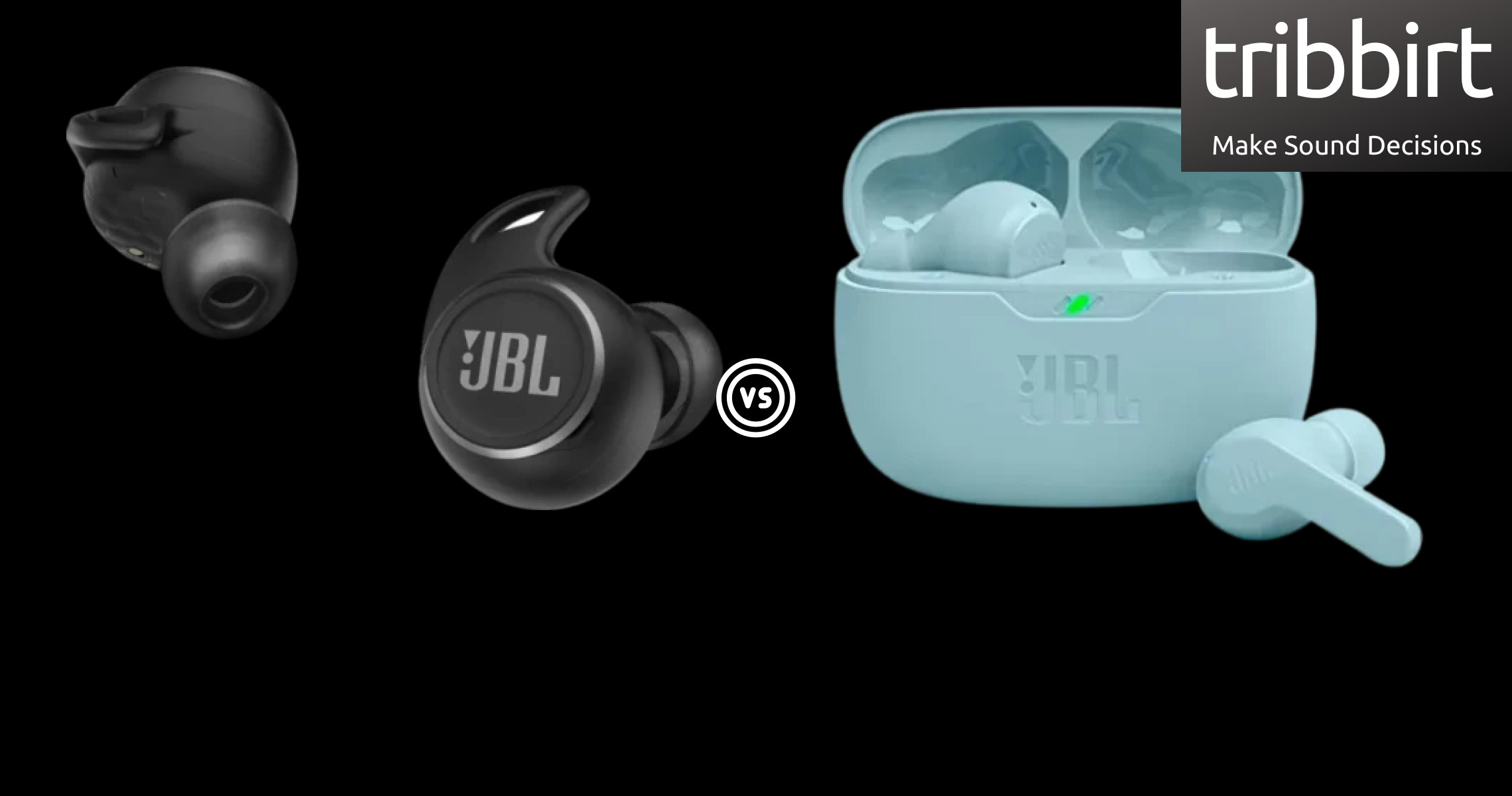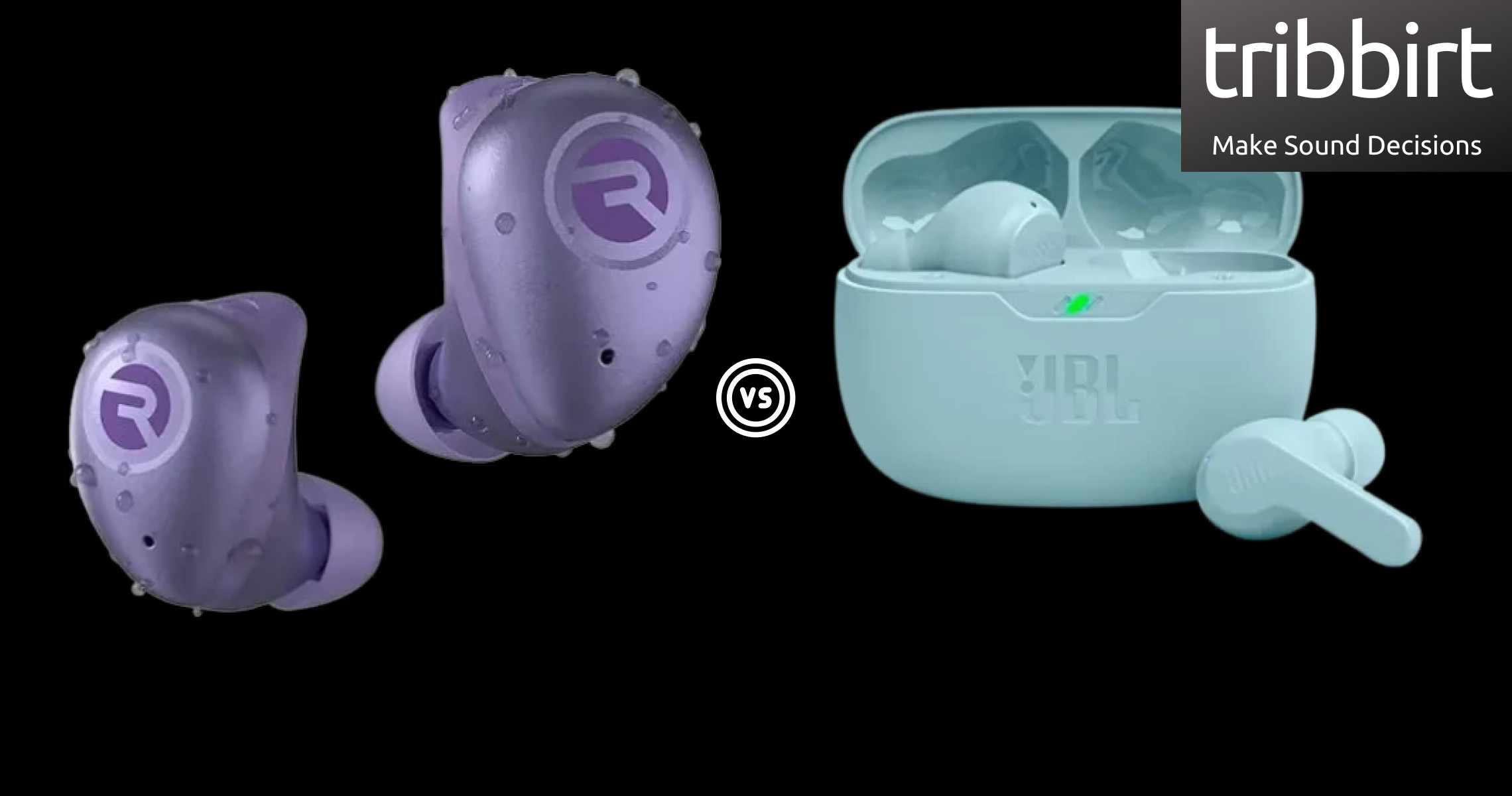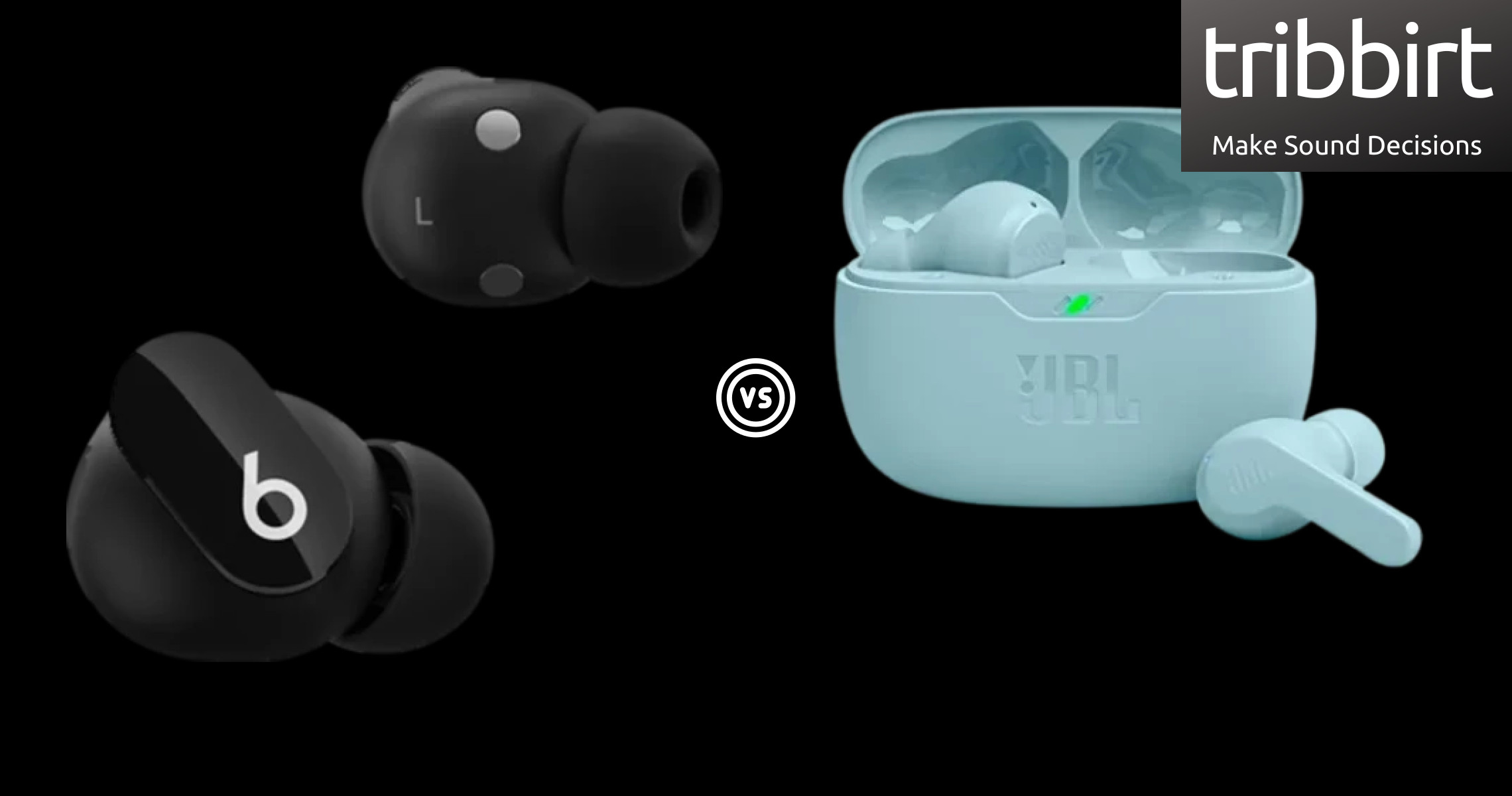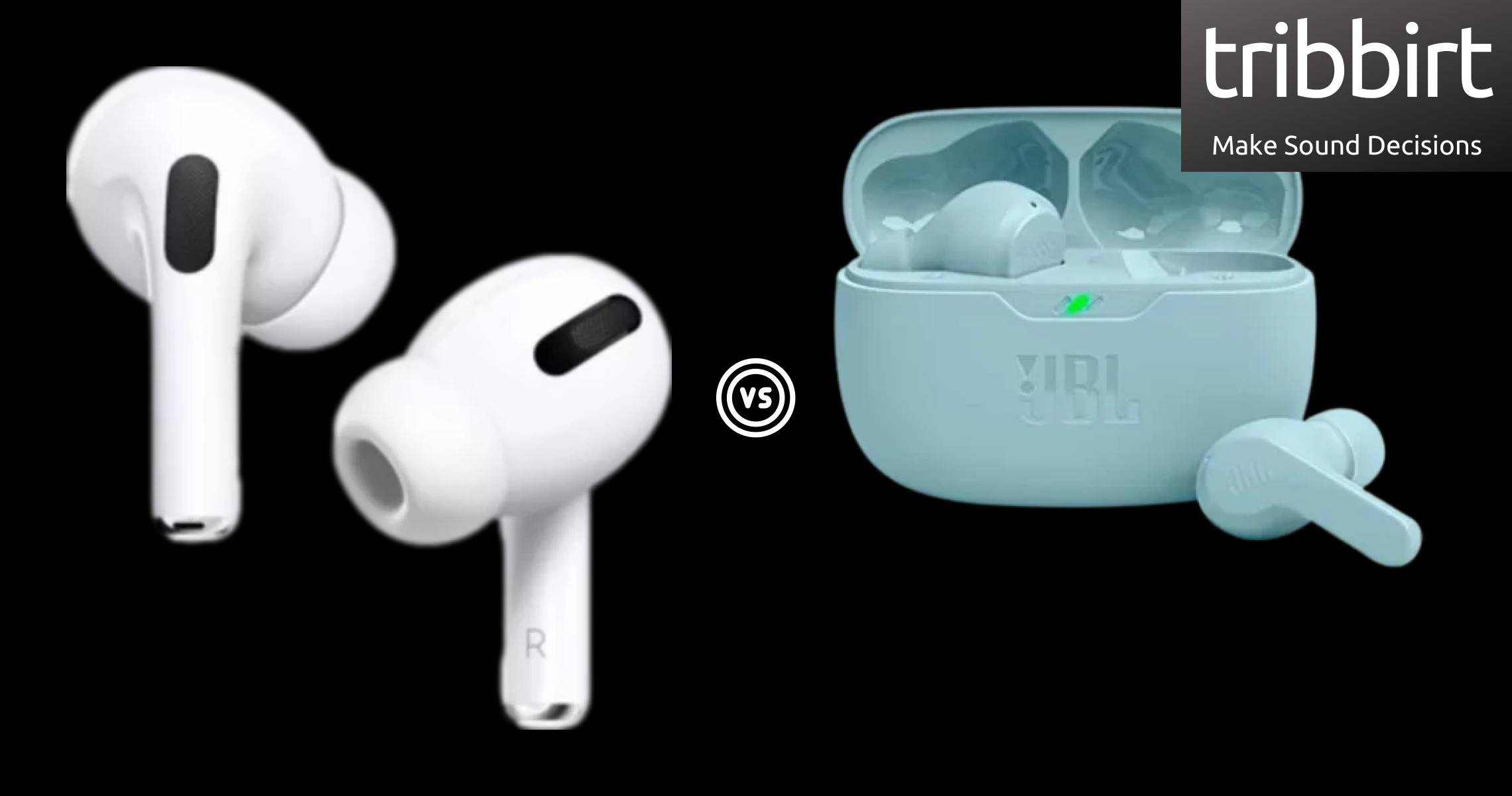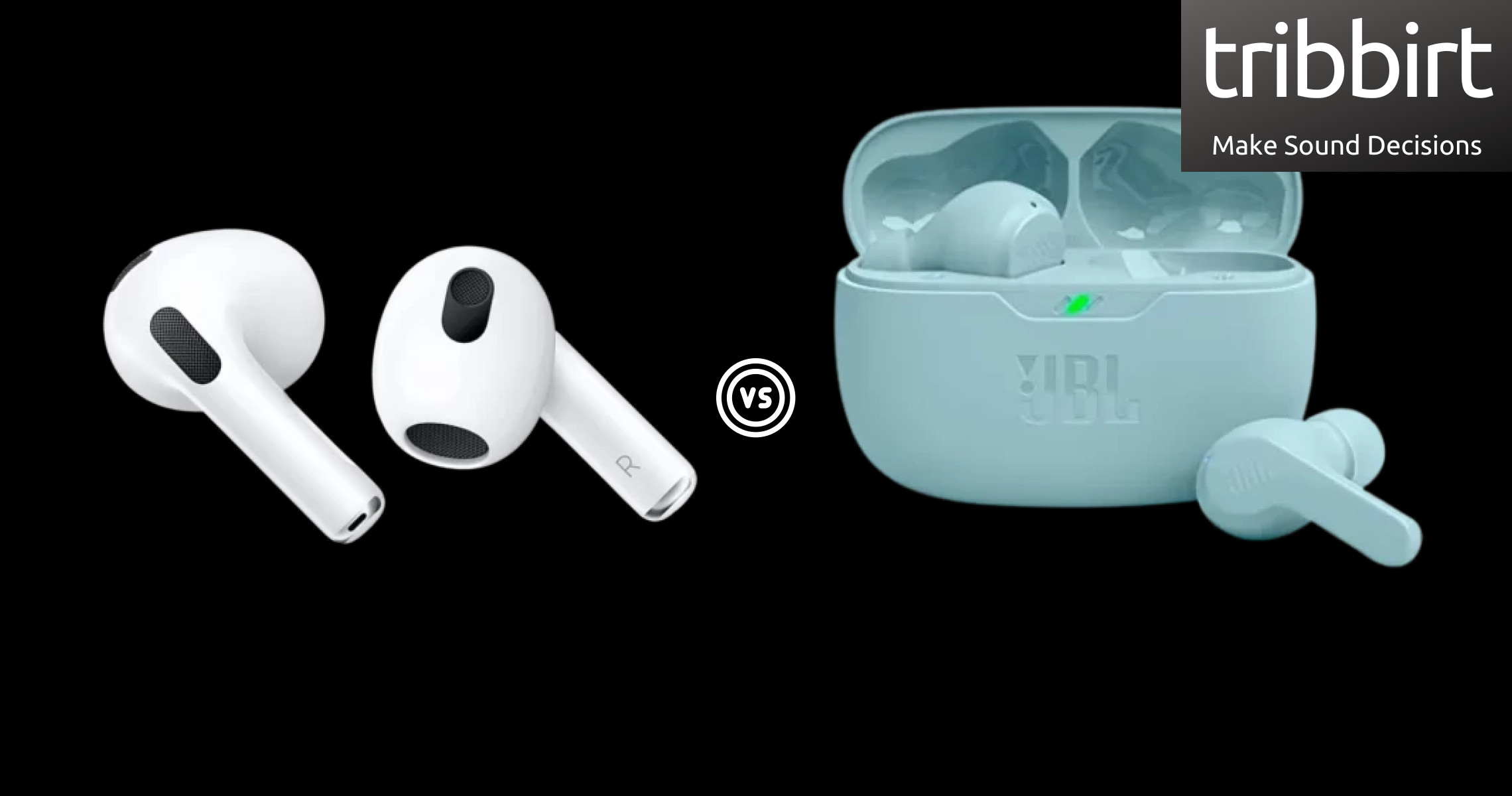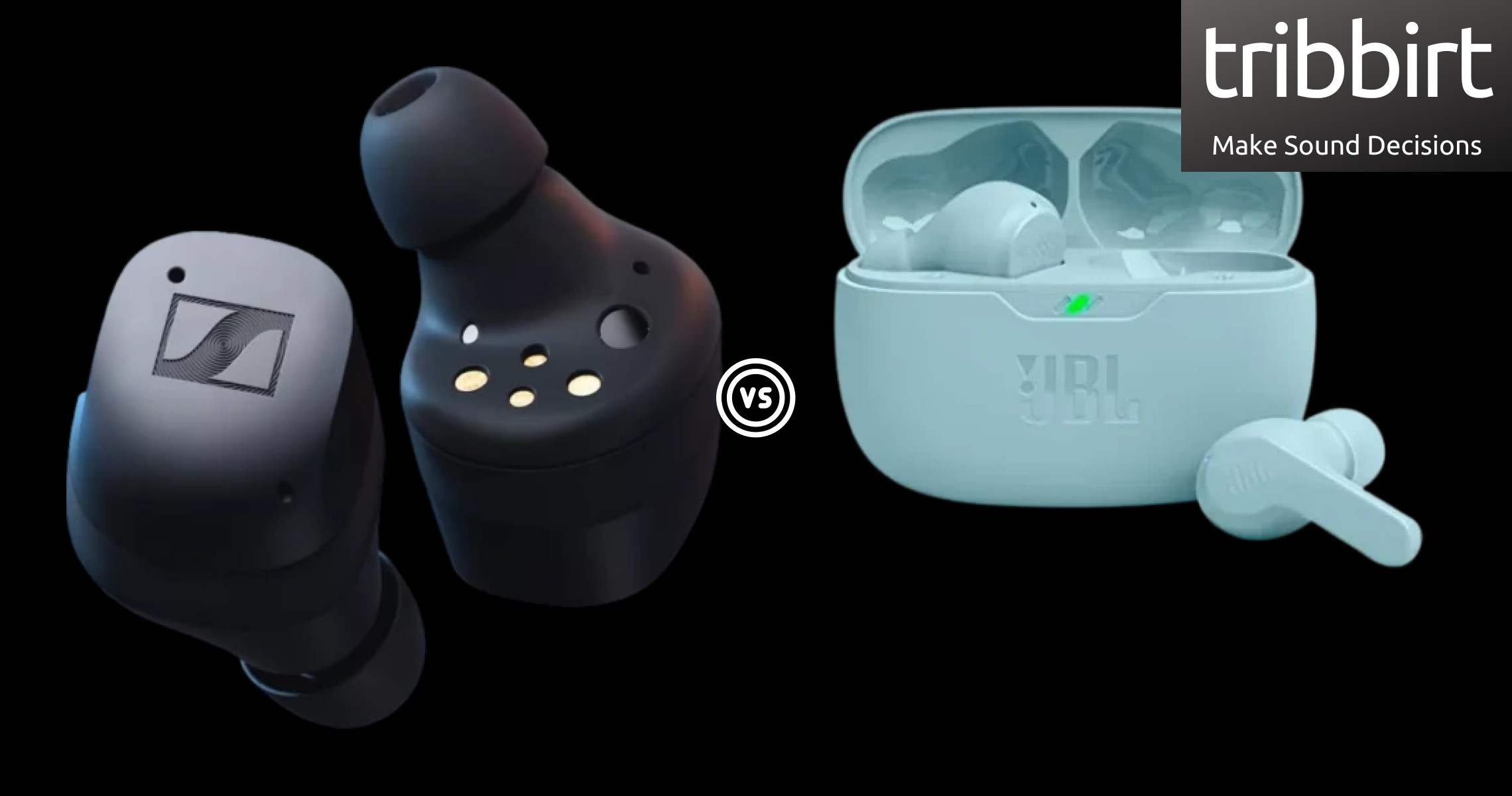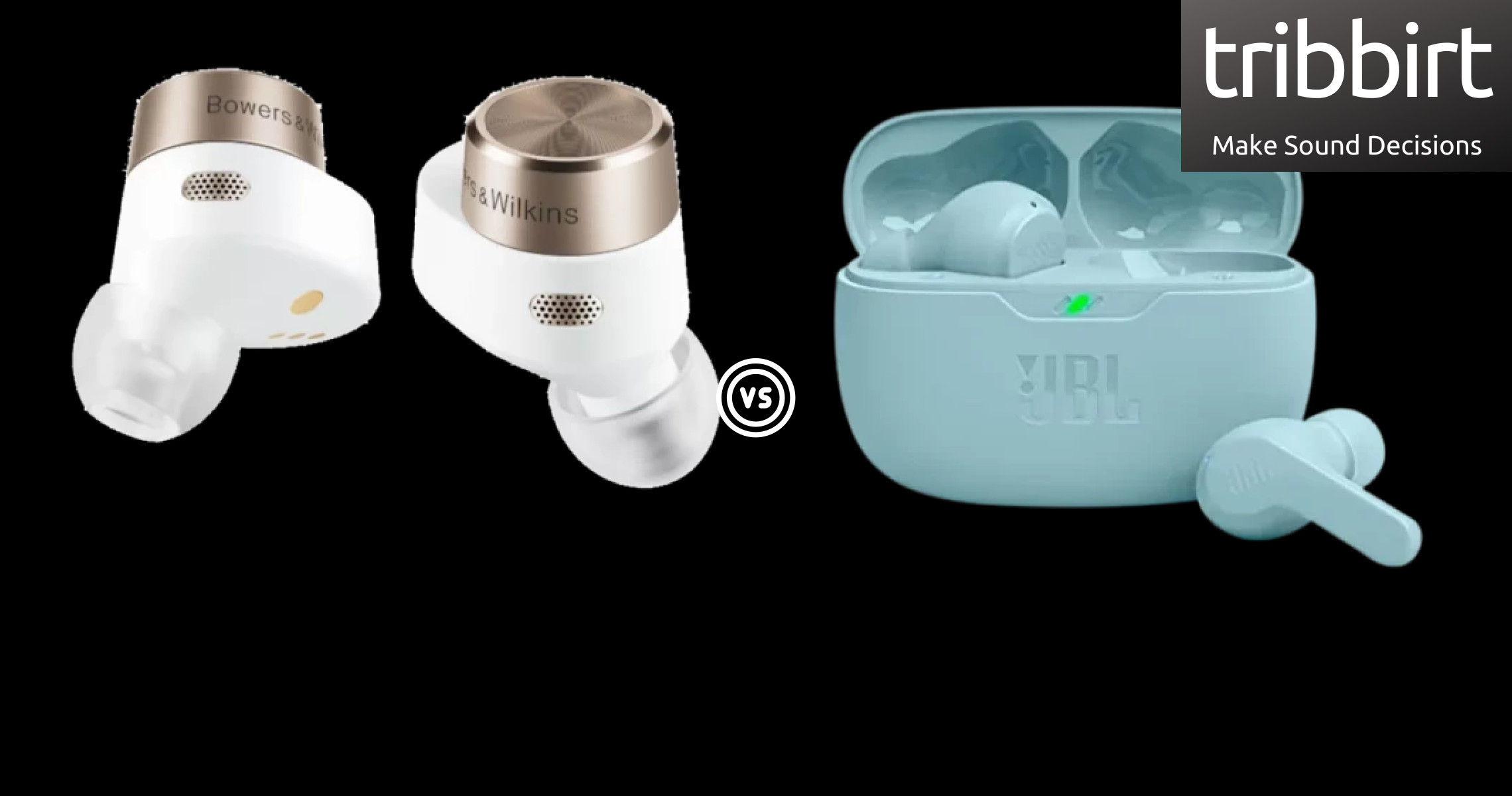Ingress protection ratings refer to the rating of protection given by an enclosure, against dust and liquids. In the format of IPXX, 'X' represents a number The first value of the IP rating refers to protection against solids say dust, while the second refers to resistance against liquids (water).
Having a value of IP54, the JBL Wave Beam's rating is read as, the first value of 5 denotes that ingress of dust is not totally prevented but dust does not enter in harmful quantities to interfere with the correct operation or impair safety, and of liquids that they can withstand low pressure spray similar to that of a shower head when tilted at 180° for 10 minutes. In comparison to the JBL Wave Beam, Google Pixel Buds Pro have a rating of IPX4 meaning that
no data available to specify a protection rating
and that of liquids is that,
they both have the same rating against liquids
The JBL Wave Beam have a weight of 8.8g . We consider a lower weight best for the reason that lighter devices are more comfortable to move with.
Google Pixel Buds Pro, at 12.4g
weigh more than the JBL Wave Beam with a difference of 3.6g
For a device to be true wireless it must have no wires linking any part of the device together, JBL Wave Beam are true wireless for this matter since they have no wires. This is a major distinction as some wireless earbuds have cables connecting the 2 earbuds .
Google Pixel Buds Pro also is true wireless because it has no cables linking the pair of earbuds together. JBL Wave Beam are resistant to sweat
Google Pixel Buds Pro's resistance to sweat makes both devices good for use during long-distance running, marathons, cardio sweat workouts , etc
JBL Wave Beam have stereo speakers, what this means is that JBL Wave Beam's speakers deliver sound from separate channels on both left and right sides, this creates a richer sound and a better listening experience.
Both Google Pixel Buds Pro and JBL Wave Beam have stereo speakers
Active noise cancellation uses advanced technology to reduce ambient sounds. How it works, it studies the sound pattern outside and inside the earbud and then generates a mirror signal to cancel it out. Simply put, it's like taking +1 (noise) then adding -1 (inverted noise) to make 0 which results in a reduced level of noise.
The JBL Wave Beam have Active Noise Cancellation enabling you to listen at lower volume levels, good for your ears since you don't need to crank up the device volume to outcompete background noise. The Google Pixel Buds Pro too have Active Noise Cancellation which makes both devices ideal for plane rides and rush hour commutes. Each operate with different noise cancellation types, pick the noise cancellation type that you prefer for travel or that suites your chill time.
The JBL Wave Beam sit well in place, this creates a sound covering that tones down background sounds well as preventing the device voice audio from leaking out at the same. Both Google Pixel Buds Pro, and JBL Wave Beam have passive noise reduction this implies that they tone down ambient noise without using ANC to cancel it out. JBL Wave Beam driver unit is 8mm in diameter, bigger drivers are more powerful, and can produce better bass.
The driver unit is basically a mini speaker that produces sound in the earbuds, the unit size dictates the loudness of the earbuds. Google Pixel Buds Pro driver unit is 11mm in diameter,
making them have a larger driver unit than that of JBL Wave Beam by 3mm
, many people have a misconception that driver units of a bigger size automatically produce better sound quality.
However, large drivers find it difficult to produce high frequencies so it's true that, larger drivers are capable of generating louder sound, but this does not mean that they produce better quality sound.
The JBL Wave Beam's lowest frequency is at 20Hz, low-frequency response measures if and how well an audio component generates low frequencies that can be heard, and if it makes any changes to the signal on its way through. Google Pixel Buds Pro's lowest frequency is at 20Hz, this implies that
both devices produce equal bass
JBL Wave Beam's highest frequency is at 20,000Hz, high-frequency response measures if and how well a particular audio component produces high recognizable frequencies and if it changes to the signal while at it. Google Pixel Buds Pro's highest frequency is at 20,000Hz, this means that
both devices produce equal treble
The sound pressure level, is the pressure level of sound, measured in decibels, dB, JBL Wave Beam's measurement is 100dB/mW.
Devices with a higher sound pressure level are generally louder when supplied with any given audio source. Google Pixel Buds Pro's sound pressure level measurement is 75dB/mW. How loud a device is can be perceived differently by different people, so we need to have the means to get an objective measurement of sound level expressed in numerical terms.
JBL Wave Beam's battery life is 8 hours, these last longer than 5 hours of listening which is considered average before recharge. A device's battery life is given by the manufacturer, and with more battery hours, you get to use it for longer and requires fewer chargings. Google Pixel Buds Pro's battery life is
more than that of JBL Wave Beam by 3 hours
. Each time you recharge your earbuds, they get a little less playing time.
The effect is not noticeable at first, but over a few years, your wireless earbuds will have shorter listening time. The battery life of the charging case is given by the vendor, and JBL Wave Beam's case is said to have a charge of 24 hours. A charging case with more battery hours allows you to recharge your earbuds on the go several times before recharging the case itself.
Google Pixel Buds Pro's charging case has a battery life of 20 hours,
less than that of JBL Wave Beam by 4 hours
It requires 2 hours to fully charge the JBL Wave Beam's battery. It is highly adivsable to charge fully the battery before using the earbuds when they have been unused for extended periods. Google Pixel Buds Pro takes 1 hours to fully charge the battery,
less than that of JBL Wave Beam by 1 hours
The JBL Wave Beam have a battery level indicator, an indicator alerts you when the device has a low battery.
Its lights indicate the charging state of your device and charging case. Google Pixel Buds Pro too have a battery level indicator, these enable you tell the charging state of your earbuds, if charged fully, or having a low battery. JBL Wave Beam support USB TYPE-C, an industry-standard connector for transmitting both data and power through a single cable.
Google Pixel Buds Pro too use USB TYPE-C. This USB-C plug is part and parcel of most current electronics. JBL Wave Beam have Bluetooth version of 5.2, Bluetooth is a wireless technology standard that enables data movement between devices placed in range, using short-wavelength, ultra-high frequency radio waves.
Google Pixel Buds Pro has a Bluetooth version of 5,
older than that of JBL Wave Beam
. Newer versions provide faster data transfers. The JBL Wave Beam have a 10meters distance to connect via Bluetooth. Google Pixel Buds Pro have a maximum range of 10meters,
equal to that of the JBL Wave Beam
The JBL Wave Beam have 2 microphones.
Google Pixel Buds Pro microphones are 6,
more than that of JBL Wave Beam by 4
. More microphones result in better sound quality and enable the device to filter out background sounds. JBL Wave Beam have a noise-canceling microphone, these microphones are designed to filter out background sounds from the desired sound. The Google Pixel Buds Pro too have a noise-canceling microphone.
This is useful in noisy environments. The JBL Wave Beam support ambient sound mode, which uses microphones to pass through ambient noises so that they can still be heard even while wearing them
The Google Pixel Buds Pro support ambient sound mode as well, it’s useful when you want to listen to music but also be aware of what’s happening around you, for example when you’re having a run but would still want to be able to hear traffic. If misplaced in a room, or can't easily find them in your bag, the JBL Wave Beam have a find earbuds feature.
The Google Pixel Buds Pro also have the find earbuds feature. Use the device app on your smartphone to play a sound from your earbuds to find them. JBL Wave Beam support fast charging.
Commonly, technologies like Qualcomm’s Quick Charge, are used to lower the amount of time it takes to charge a device. Google Pixel Buds Pro too support fast charging. It's very similar to regular charging, only that the battery fills up much faster.
For example, with Quick Charge 3.0, the battery can be charged to 50% in just thirty minutes. JBL Wave Beam have a mute function, they support the feature to mute/unmute a conversation directly from the earbuds. The Google Pixel Buds Pro too support this function.
It means that you unilaterally turn off the earbuds' microphone, but still hear the other party's voice. With the JBL Wave Beam, so you can easily access the volume control, pause, play, mute, etc whichever features are supported on the earbuds. The Google Pixel Buds Pro also have a control panel on them.
The JBL Wave Beam support voice prompts. With voice prompts, you receive information via audio messages, say if there is a problem with the connection. The Google Pixel Buds Pro also support voice prompts meaning the device will notify you if the battery is low, and you need to recharge them.
JBL Wave Beam come with their own special pouch. Carrying earbuds openly, or putting them inside your pockets without a cover can easily put them at risk of getting damaged. Google Pixel Buds Pro too have a case included, which is useful for safe transportation.
